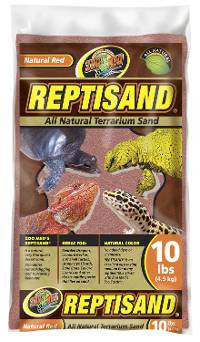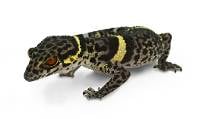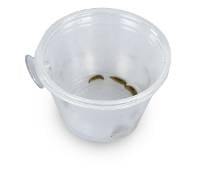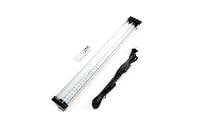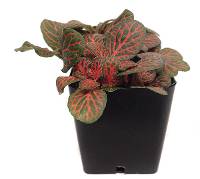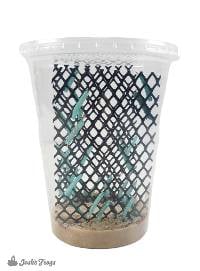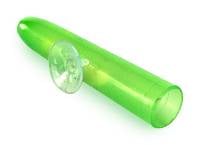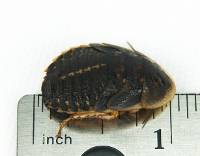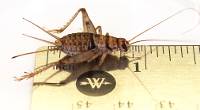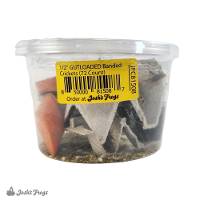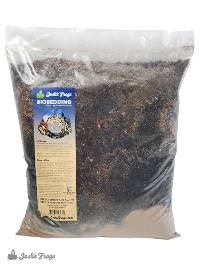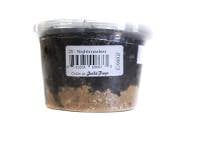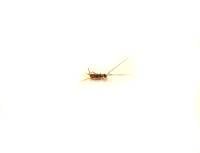Josh's Frogs
Adult Male Northern Banded Knob-Tailed Gecko - Nephrurus cinctus (captive-bred)
Adult Male Northern Banded Knob-Tailed Gecko - Nephrurus cinctus (captive-bred)
$299.99 0.0 out of 5 stars
(0)
0.0 out of 5 stars
(0)About This Product
Defining Characteristics:
- Small, nocturnal, terrestrial
- Unique textured scales
- Beautiful red-orange colors
- Easy to keep
- These animals are bred, raised, and shipped from our trusted partner, Geckos Etc.
Name: Nephrurus cinctus. Commonly known as the rough banded knob-tailed gecko, so named for its rough textured scales, bands, and characteristic knob tail. Once classified as a subspecies of Wheeler’s Knob-Tailed Gecko as Nephrurus wheeleri cinctus, they and their Southern counterparts, Nephrurus wheeleri wheeleri (the Southern Knob-Tailed Gecko), were re-assessed in 2020 and found have distinct enough populations to be classified as their own species, with the Northerns being re-classified as Nephrurus cinctus, and the Southerns as Nephrurus wheeleri.
Recommended Enclosure Size & Setup: Adults should be provided a 24x18x12 terrarium. Males should never be housed together.
Fine-grain sand works well as a substrate, and can also be mixed with a small amount of clay, such as Zoo med Excavator Clay in order to hold their burrows better. Desert BioBedding with isopods (dwarf whites or dairy cows or giant canyons all work well), springtails, and succulents can be used to create a beautiful and bioactive arid enclosure!
Numerous hides should be provided; slate, cork flats, live oak bark, or even everyday items like overturned flower saucers work well. Low climbing materials like rocks, driftwood, cork bark, manzanita branches, and other rough surfaces can be added. These geckos love to dig, so any heavy items should be supported by the bottom of the enclosure instead of by the substrate.
Temperature (°F) & Lighting: During the day, knob-tails should be kept at temperatures ranging from 75 to 80°. A basking spot of around 90 should be present and can be accomplished with an appropriate overhead heat bulb.
UV lighting is recommended. Not only will they synthesize D3 from ambient UVB radiation and incidental exposure, but they will also use the UVA wavelengths visible to all reptiles to properly inform basking behavior and circadian rhythm. If provided, UV lighting should be focused on their basking site, and should be no higher than Ferguson zone 1 levels of UV radiation. It is especially imperative that knob-tailed geckos are provided hides and other such places to escape from UV lighting, as their eyes can be sensitive to overhead lighting. However, when the enclosure is properly decorated, this is not an issue; the animal will self-regulate its own light exposure.
Temperature should be monitored with a digital thermometer, and the basking spot can be checked with an infrared thermometer or temperature gun.
Humidity: Keep cinctus geckos at 30-40% humidity. Ambient humidity should be monitored with a digital hygrometer. It is important to provide a humid microclimate for these animals to shed properly; a humid hide works well, but a substrate that holds moisture in the underneath layers while drying out on top and maintaining proper ambient humidity is even better.
Mist these geckos two or three times a week to rehydrate the substrate and provide dew on enclosure walls and cage items from which they can drink. Enough ventilation should be provided to allow the surface areas of the enclosure to dry out within a few hours. A shallow water dish can be provided but is not necessary with regular misting.
Size: Rough banded knob-tailed geckos can reach around 4.5 inches from head to tail.
Age: It is estimated that rough banded knob-tailed geckos live up to 10 years in captivity. These individuals are well-established adults.
Feeding: Rough banded knob-tailed geckos are insectivores, and you can buy all the feeders you’ll need right from Josh’s Frogs! Juveniles are large enough to take 1/4 inch crickets or roaches. Geckos at this size can also be occasionally offered small to medium black soldier fly larvae and small mealworms.
Adults should be fed a staple of 1/2 inch crickets or roaches and can be offered other feeder insects such as black soldier fly larvae, mealworms, and, as an occasional treat, waxworms, silkworms, or butterworms.
Offering insects in an escape-proof feeding bowl will minimize the number of bugs that escape and hide among the enclosure. Once weekly, feeder insects should be lightly dusted with a calcium and multivitamin supplement. Due to their sensitivity towards overdosing vitamin D3, knob-tails should only be given supplementation with very low levels of added D3, such as Repashy Calcium Plus LoD.
Sexing: Adult male knob-tailed geckos exhibit a conspicuous hemipenal bulge at the base of the tail, and are both shorter and leaner than their adult female counterparts. These animals are verified males.
Color/Pattern: Rough banded knob-tailed geckos are often red-orange to orange in color with dark brown to black bands. Most notable are the tubercle scales giving a textured or rough appearance, and the knob at the end of the tail.
Social Behavior: Males can be housed with a number of females provided enough space and food. Males should never be housed together.
Breeding: A light brumation period in the winter or longer days in the summer may help incite breeding. Females lay pairs of eggs about once every 30-40 days. Eggs are buried in substrate and should be carefully removed and incubated.
Natural Range: Rough banded knob-tailed geckos are endemic to the deserts of western Australia!
History in the Hobby: Once very popular in the hobby, their prices dropped until they began to lose popularity, and they have since become rare in the hobby. At Josh’s Frogs, we are excited to help this charismatic desert species become regularly available!
Links of Interest:
- Reptiles Magazine Care Article - Reptiles Magazine article on the care of knob-tailed geckos
Still not sure if the rough banded knob-tailed gecko from Josh's Frogs is the right pet for you? Read the reviews below and see what other customers are saying!
Shipping
After placing an order containing a live animal, you will receive a scheduling email containing our JotForm scheduling link to schedule your new pet's delivery date.
With this scheduling link, you will be able to schedule your order's delivery up to 30 days in advance. You will be able to choose a date of delivery for Tuesday-Saturday (Saturday arrival depends on the carrier's service availability) with the estimated time of arrival generally being 12pm, or 4:30pm for more rural areas. Overnight lows must be above 40°F to ship directly to you (or above 30°F for FedEx Ship Center pickups) as well as below 90°F by estimated time of arrival.
If you require further assistance, or prefer to talk to one of our Customer Service agents, please feel free to reach out to our [email protected] email or our phone line 1-800-691-8178.
Other Customers Also Bought
Customer Reviews
0.0 out of 5 stars
Review data
5 star reviews
- 0%
4 star reviews
- 0%
3 star reviews
- 0%
2 star reviews
- 0%
1 star reviews
- 0%

